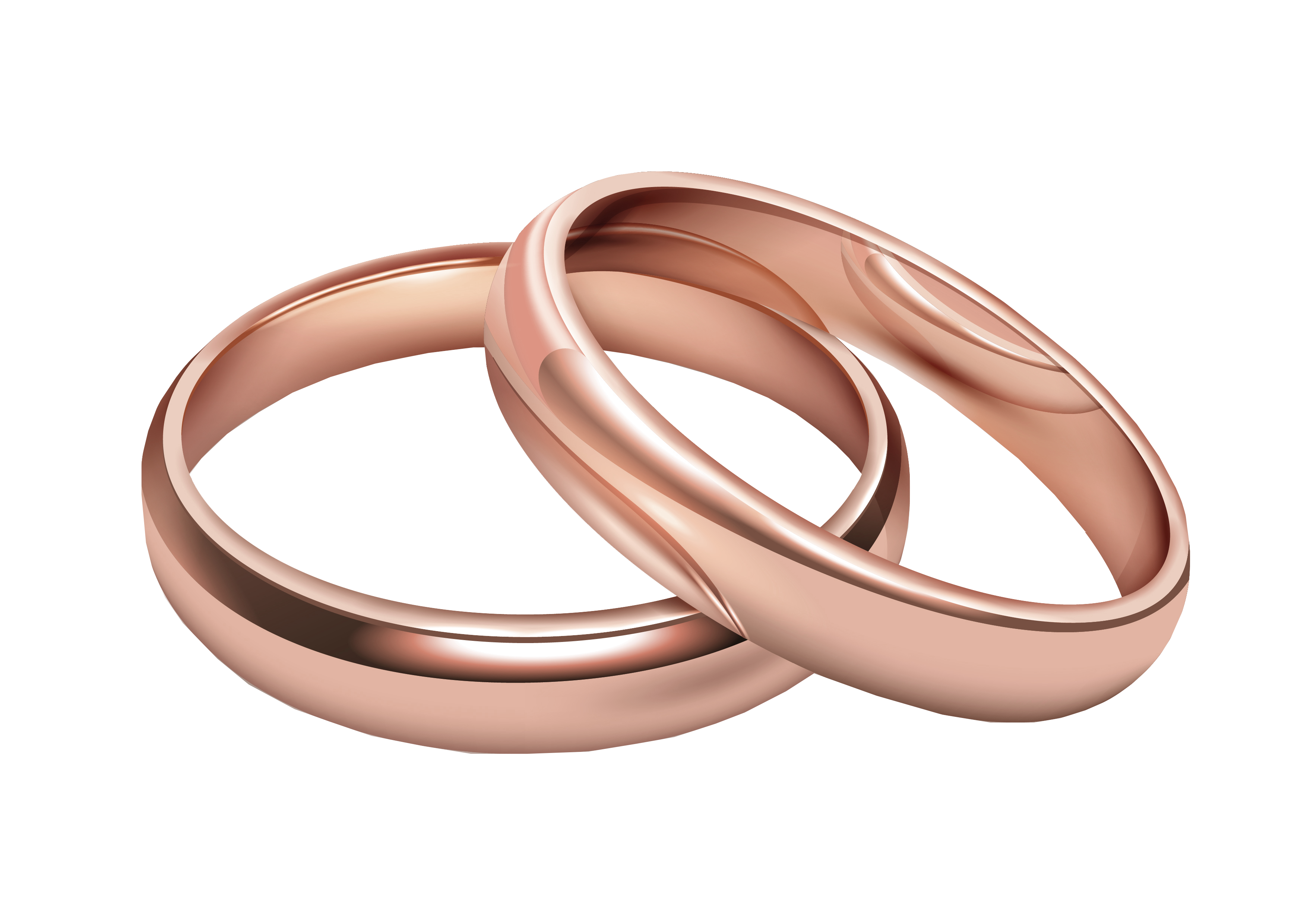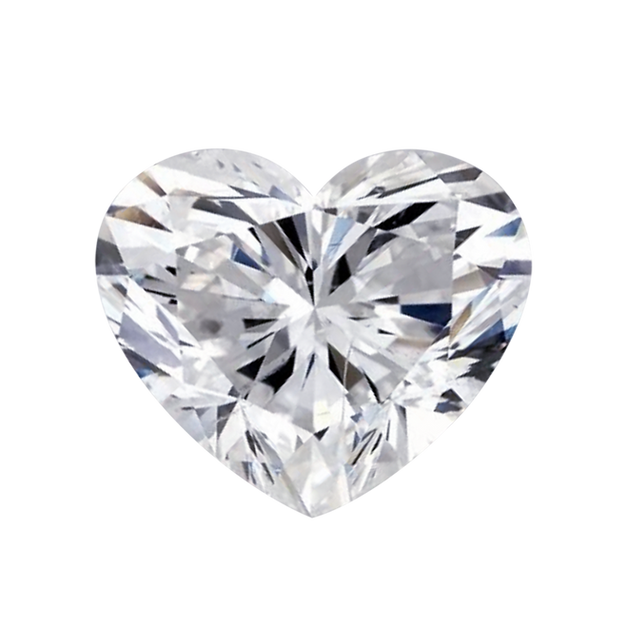
Store Location:
Room 3206, 32/F, Kimberland Centre, 55 Wing Hong Street, Lai Chi Kok, Kowloon
Accessories
Rings
占星系列 >
幸運物系列 >
國風系列 >
Classic Round Lab Diamonds
Fancy Cut Lab Grown Diamonds
Lab Grown Coloured Diamonds
Classic Round Cut Diamonds
Fancy Cut Natural Diamonds
Tel: 35007162
Mon-Fri:10am-6pm
Room 3206, 32/F, Kimberland Centre, 55 Wing Hong Street, Lai Chi Kok, Kowloon
Store Location




Discover the luxurious world of 1.00 to 1.99 carat round lab-grown diamonds, meticulously presented by Mount Tisé. These diamonds exemplify the perfect blend of refinement and environmental sustainability. From the classic brilliance of a 1 carat diamond to the exquisite radiance of a 1.5 carat gem, and up to the unparalleled luxury of a near-2-carat (1.9 carat) stone, these carefully selected lab-grown diamonds showcase the extraordinary sparkle and superior quality. They offer the same visual appeal and high standards as natural diamonds, but at a more affordable price, providing the same sense of luxury.
1.00 - 1.99ct Round Cut Lab Grown Diamonds
EXPLORE DIAMONDS


Choose the ring setting
After selecting your desired loose diamond, the next step is to choose the perfect setting for your precious gemstone. Our diverse range of ring settings, from classic elegance to modern chic, is designed to enhance the brilliance of your main diamond. Discover an array of breathtaking designs that will make your diamond shine even more radiantly in its exclusive setting.
Design your own ring
It's not just about choosing, it's about creating—Mount Tisé offers limitless possibilities for custom-made diamond rings. Whether you bring your own design or let our designers craft a unique ring tailored for you, Mount Tisé can transform your unique vision into an extraordinary custom diamond ring, beautifully showcasing your love story in dazzling jewellery.

The 4Cs Guides for Diamonds
Diamond Carat Weight
Carat weight directly impacts the size and price of a diamond. One carat equals 200 milligrams. As the weight increases, the price grows exponentially because larger-carat diamonds are rarer. Depending on your budget and preferences, you can choose a suitable carat weight that balances the diamond's visual appeal and value.

Swipe to browse

Swipe to browse

Diamond Colour
The colour grade of a diamond ranges from completely colourless (D grade, the highest) to light yellow (Z grade). Diamonds graded D to F are considered colourless, while G to J are nearly colourless, with the colour becoming increasingly noticeable in the lower grades. Generally, the closer a diamond is to being colourless, the more valuable it is. However, diamonds with certain colour grades, such as light yellow, also possess their own unique charm.


Swipe to browse

Diamond Clarity
Clarity refers to the degree of internal and surface imperfections (known as inclusions and blemishes) in a diamond. The clarity scale ranges from Flawless/Internally Flawless (FL/IF) to Included (I1-I3). Diamonds with higher clarity grades have fewer imperfections, making them rarer and more expensive. Lower-clarity diamonds have more noticeable flaws, but they can still display beautiful brilliance in certain settings.
Diamond Cut
The cut determines the diamond's brilliance, or how well it reflects light. A well-cut diamond can maximise light reflection, showcasing a captivating sparkle. Cut grades range from Ideal/Excellent to Poor. A high-quality cut ensures the diamond has unparalleled brilliance, while a poor cut can make the diamond appear dull and lacklustre.

Swipe to browse


Diamond quality certification
Mount Tisé diamonds come with a diamond certification, particularly from the International Gemological Institute (IGI), providing authoritative quality assurance. This certificate details the 4Cs characteristics of your lab-grown diamond - cut, clarity, colour, and carat weight. It not only verifies the diamond's authenticity and value but also ensures that you are purchasing an ethically produced and environmentally friendly gem. With this certification, you can buy with confidence, enjoying a transparent and reliable shopping experience.
Other Diamonds
Shop Diamonds by Shape
Shop Diamonds by Colour

Lab-grown Diamonds
Crafted with advanced technology, Mount Tisé's diamonds exhibit the same brilliance and beauty as natural diamonds. These diamonds are not only more affordable but also embody a commitment to environmental and social responsibility, making them a perfect blend of fashion and sustainability.

Natural Diamonds
Originating from the depths of the Earth and formed over billions of years, these diamonds are not only rare and precious but also imbued with unique stories and the mysteries of nature. Each diamond adds timeless brilliance and pure elegance to your special moments.
Shop Diamonds by Origin

Make a Reservation
We invite you to explore the world of Mount Tisé. Begin your exquisite jewellery experience today! Whether you prefer to visit us in-store for a personal fitting or seek an online consultation, our expert jewellery specialists are here to answer all your questions, offer professional advice, and recommend the perfect pieces tailored to your story and taste. Book now and start crafting your unique jewellery journey.
FAQ
About 1.00 - 1.99ct Round Cut Lab Grown Diamonds
When selecting a high-value loose diamond within the 1 to 1.99 carat range, it's essential to balance the 4Cs (Cut, Colour, Clarity, and Carat weight) with your budget. Here are some tips to maximise value:
1. Prioritise Cut Quality:
A well-cut diamond maximises brilliance and sparkle, making the diamond appear more impressive. Focus on Excellent or Very Good cut grades.
2. Balance Colour and Clarity:
Opt for diamonds with H or I colour grades, which appear near-colourless to the naked eye but are more affordable than higher colour grades.
Choose SI1 or SI2 clarity grades. These diamonds typically have inclusions that are not visible to the naked eye, offering a good balance between appearance and price.
3. Consider Carat Weight Near Critical Points*:
Diamonds just under whole carat weights (e.g., 0.95 or 1.45 carats) can be significantly less expensive than those at full carat weights (e.g., 1 or 1.5 carats) but with minimal visual size difference.
4. Ensure Certification:
Purchase diamonds with certification from reputable organisations like GIA or IGI to ensure quality and authenticity.
5. Choose a Reputable Jeweller:
Buy from trusted jewellers who offer transparent information about their diamonds and provide reliable certification and return policies.
By following these guidelines, you can find a loose diamond in the 1 to 1.99 carat range that offers excellent value for its price, ensuring both beauty and affordability.
In the range of 1 to 1.99 carats for lab-grown diamonds, the most popular sizes are typically 1 carat and 1.5 carats. Here’s why these sizes are favored:
1. 1 Carat Diamonds:
A 1 carat diamond strikes a perfect balance between noticeable size and subtle elegance. It is large enough to make a statement but not too extravagant, making it an ideal choice for many engagement rings and anniversary gifts.
Affordability: With advancements in lab-grown diamond technology, 1 carat diamonds offer excellent value for money, providing the appearance of luxury at a more accessible price point.
2. 1.5 Carat Diamonds:
A 1.5 carat diamond offers a more prominent and luxurious appearance, attracting buyers who desire extra brilliance and a more substantial presence.
Enhanced Visibility: The larger size of a 1.5 carat diamond makes it more eye-catching, appealing to those who want their jewellery to stand out more.
These carat sizes are not only visually appealing but also benefit from the cost-effectiveness of lab-grown diamonds. They provide a way to enjoy larger, more impressive diamonds while still being mindful of environmental and economic factors. Overall, diamonds within this carat range are an ideal choice for those looking to achieve a luxurious look that is both sustainable and budget-friendly.
To authenticate lab-grown diamonds, the following steps are crucial:
1. Certification: Rely on professional certificates from reputable organisations such as GIA (Gemological Institute of America) or IGI (International Gemological Institute). These certificates provide detailed information on the diamond's characteristics and ensure its authenticity.
2. Professional Equipment: Use specialised instruments such as spectrometers to examine the internal structure patterns or ultraviolet light to detect subtle differences. These tools can help identify lab-grown diamonds based on unique markers that may not be present in natural diamonds.
3. Laser Inscriptions: Lab-grown diamonds often feature specific markings, such as laser inscriptions, that certify their identity. These inscriptions are usually placed on the diamond's girdle and can be verified under magnification.
4. Reputable Suppliers: Purchase diamonds from reputable suppliers who provide certification and detailed reports. This ensures the authenticity and quality of the diamonds you are buying.
Following these steps will help you confidently authenticate lab-grown diamonds and verify their genuineness.
Lab-grown diamonds often surpass natural diamonds in terms of quality. The controlled conditions in a laboratory setting allow for the production of diamonds with significantly fewer impurities, ensuring a higher degree of purity and colour consistency. Unlike natural diamonds, which form over billions of years deep within the Earth's crust and may contain natural imperfections, lab-grown diamonds benefit from a meticulously controlled manufacturing process. This results in diamonds with superior clarity and excellent cut quality. Consequently, lab-grown diamonds offer an option that can exceed the visual and technical characteristics of traditional natural diamonds.
Lab-grown diamonds are artificially synthesised diamonds created under laboratory conditions. The process simulates the natural conditions under which diamonds are formed within the Earth's crust. There are two primary methods used to produce lab-grown diamonds: High-Pressure High-Temperature (HPHT) and Chemical Vapor Deposition (CVD).
1. High-Pressure High-Temperature (HPHT)
In the HPHT method, carbon is subjected to high pressure and high temperature, replicating the extreme conditions found deep within the Earth's mantle.
A small diamond seed is placed in carbon, and under high pressure and temperature, the carbon melts and forms a diamond around the seed.
2. Chemical Vapor Deposition (CVD)
In the CVD method, a gas mixture containing carbon, typically methane, is introduced into a vacuum chamber.
The gas is ionised into plasma, causing carbon atoms to deposit onto a substrate, gradually forming a diamond layer by layer.
Both methods produce diamonds that have the same structure and optical properties as natural diamonds, offering high-quality and affordable alternatives.
Lab-grown diamonds, also known as synthetic or laboratory diamonds, are gemstones scientifically synthesised under controlled conditions. They possess the same chemical structure and physical properties as natural diamonds. Unlike natural diamonds, which are formed over billions of years within the Earth's crust, lab-grown diamonds are produced through a faster, more environmentally friendly process, and their production costs are relatively lower. Additionally, lab-grown diamonds guarantee conflict-free origins. Although both types are nearly indistinguishable in appearance and molecular structure, lab-grown diamonds offer a more sustainable and economical choice.





































































